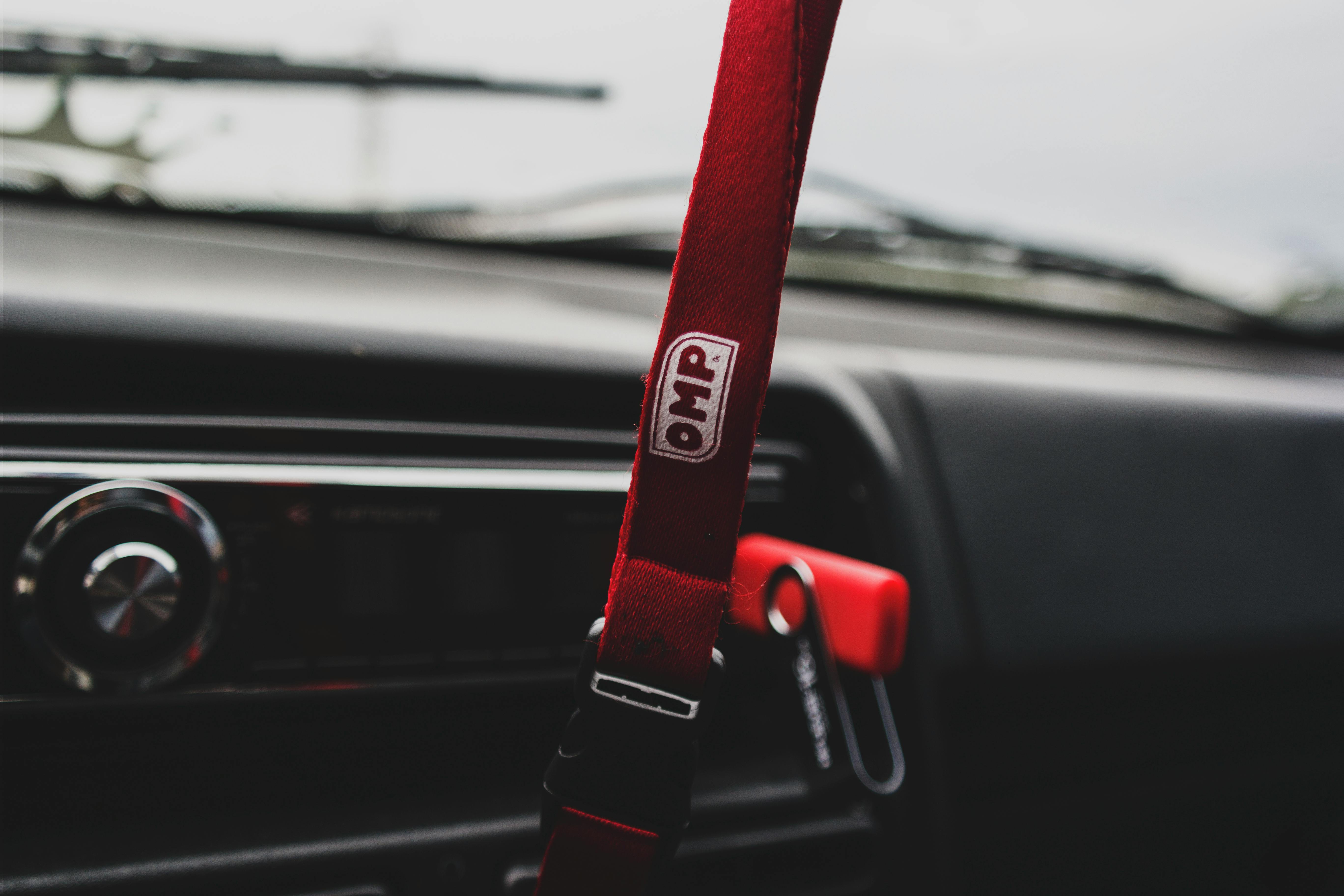Canadian Museum of Rail Travel
Cranbrook, BC, is home to the Canadian Museum of Rail Travel and is the largest town and service hub in the East Kootenay region. Many parts of the city date back to 1898 and self-guided walking tours are available with maps that can be obtained from the Chamber of Commerce or the Museum.
The Canadian Pacific Railway played a significant role in the development of Cranbrook. Much of the original railway infrastructure built at Cranbrook still survives, providing a good context for the development of the Railway Museum.
The renowned Canadian Museum of Rail Travel is one of the largest museums of its kind in Canada, with a priceless national collection of luxury trains from the golden age of rail travel. Open year-round and located at 57 Van Horne Street South, which is Hwy 3/95 in downtown. It is a must see for any visitor to the region.
The museum contains vintage passenger train sets representing various eras from the 1880s to the 1930s. Carriages are lavishly decorated with inlaid exotic woods, brass fittings, plush upholstery, wool rugs, period furniture, stained glass and other exhibits such as china and silverware.
The centerpiece of the train exhibits is the only surviving complete 7-car set of the famous 1929 Trans-Canada Limited, a vintage luxury hotel on wheels. The railroad built 12 complete new trains comprising “A” class dining cars, “R” series sleeping cars (8 sections, 2 compartments, 1 saloon), combined baggage sleeping cars (for dining car crews) and the exclusive “River” class Sun Lounge Cars which were at the end of the trains and especially popular. The Limited’s train crew was a small army; in addition to the driver – known in Canada as the “engineer” – and the fireman, the Limited had a conductor, an engineer, a sleeping car driver, a porter for each sleeping car, a parlor car attendant, and the dining car staff. made up of the chef, hostesses and waiters. The Trans-Canada Limited, reserved for first class passengers only, traveled from Montreal and Toronto to Vancouver, a distance of 2,886 miles. Other trains on display include the ultra-luxurious 1907 Soo-Spokane Train Deluxe. There are also cars in the museum that were used by various royal visitors over the years and interpretive cars.
Another highlight of the building complex is the spectacular Royal Alexandra Hall, the restored 3,000-square-foot building. foot and the three-story-high “Grand Café” of the Canadian Pacific Railway’s former Royal Alexandra Hotel in Winnipeg. Demolished in 1971, the entire cafe was salvaged in hundreds of pieces and stored in a semi-trailer for 25 years before it was purchased by the museum in 1999.
In addition to the Railway Museum proper, included in the surrounding infrastructure is a 10-stall Round House with a 100-foot turntable from 1920 and still in use today, along with 7 other stalls from 1907 with the roof and walls removed. The railroad water tower that was built in 1946 and rebuilt in 1989 still stands. There is also the original (1898) CPR Cranbrook station (albeit altered) and the 1901 Elko station which was moved to the shipyards in 1987. The railway freight shed built in 1898 forms a major part of the new building complex at the museum, where it has two levels with a total of 10,000 m2. foot
Just 10 miles east and north of Cranbrook is Fort Steele Heritage Town, considered one of British Columbia’s premier heritage sites. Daily, Fort Steele relives the Victorian era in a thriving Rocky Mountain town. The Fort Steele Railway takes visitors on a scenic ride behind an actual steam locomotive.
Fort Steele’s origins can be traced back to the small settlement of Galbraith’s Ferry, created during the Wild Horse Creek Gold Rush of 1864/65. Galbraith’s Ferry was founded after Fisherville, the white man’s town in southeastern BC. Located four miles up the Wild Horse River from Fort Steele, the Fisherville Historic Site is well-preserved by a local heritage society and offers a fascinating insight into how this region began.


